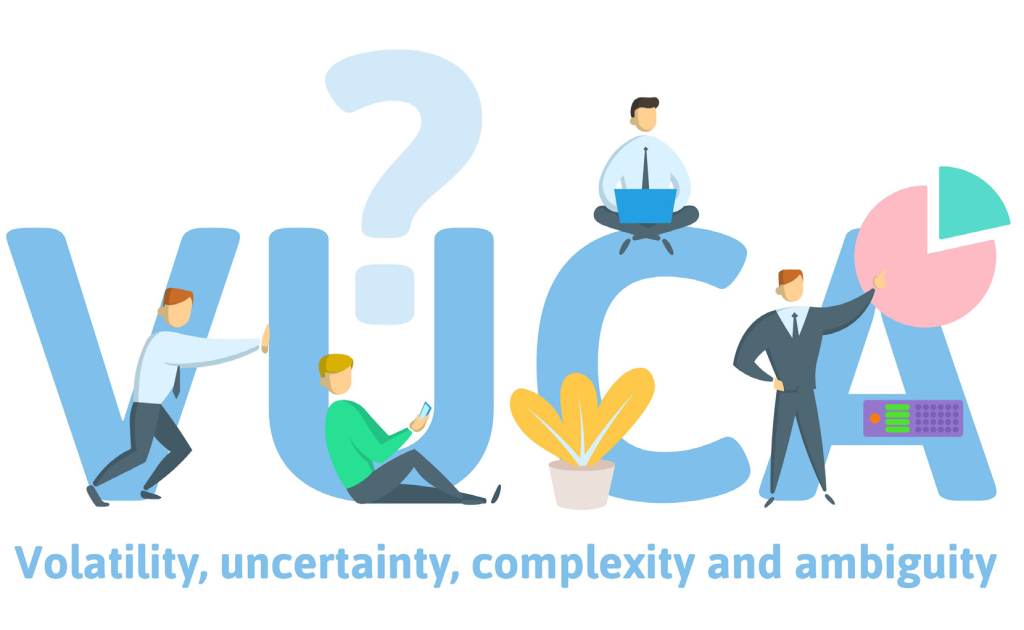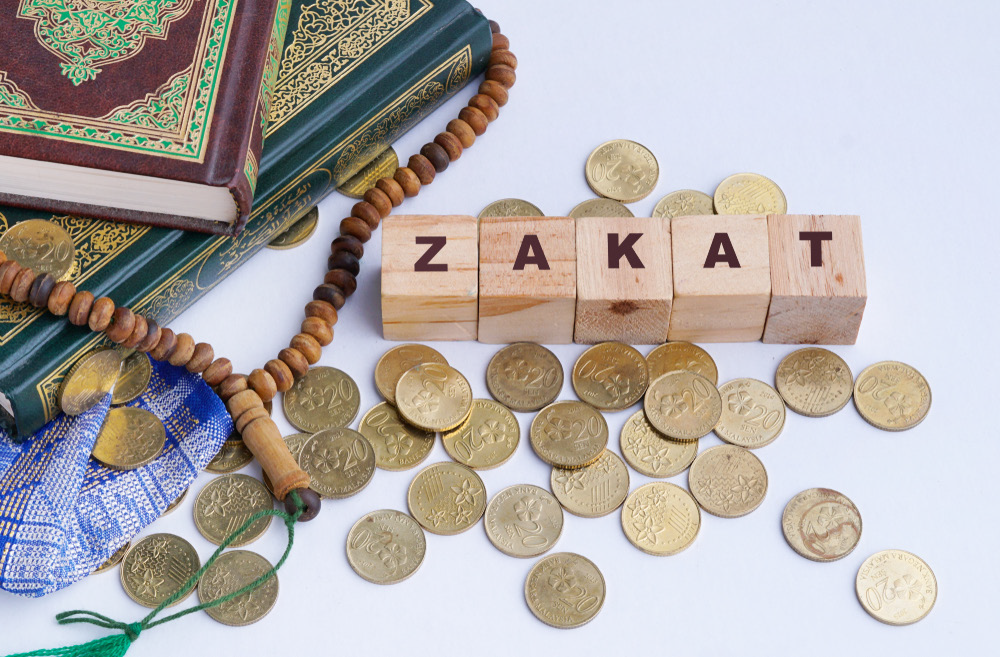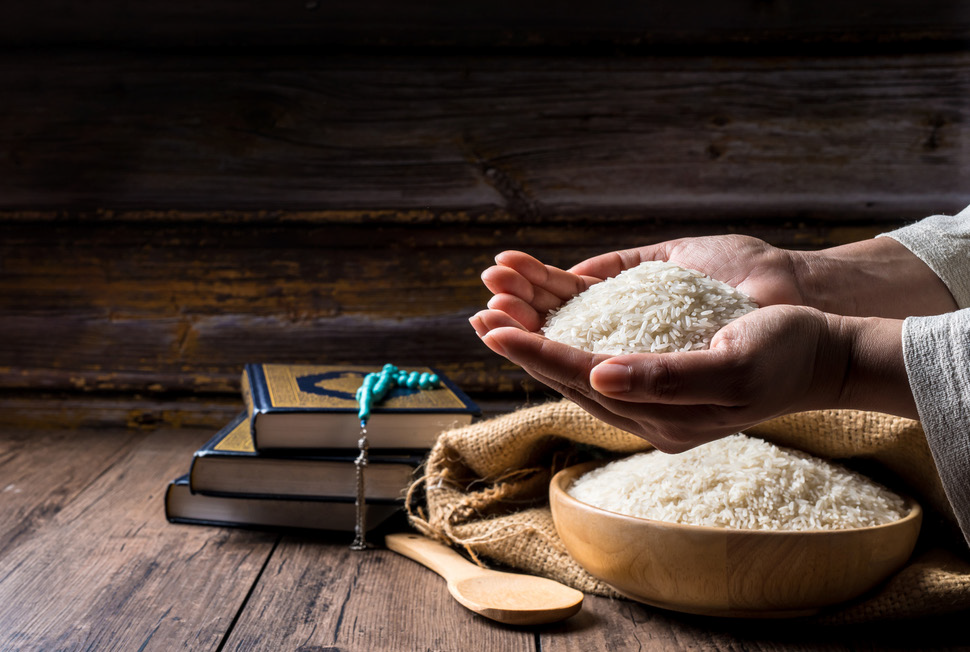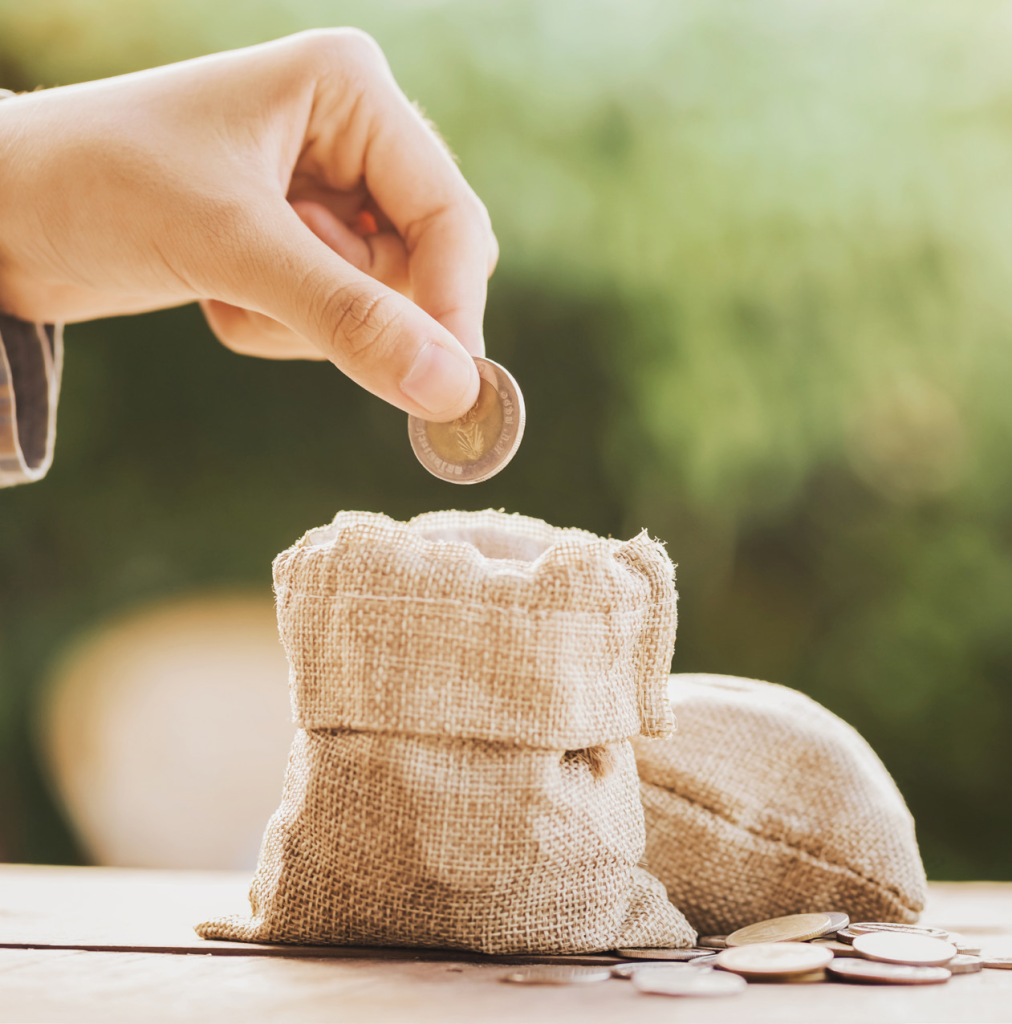The impact of the COVID-19 pandemic on the life and livelihood of people has been unprecedented. What started, as a health crisis soon became an economic disaster because of lockdown-induced restrictions adopted to flatten the COVID-19 curve. People lost their jobs as companies and businesses closed down.
The economic crisis is now feared to have gradually morphed into a financial crisis as borrowers and debtors face difficulties paying their financing obligations after moratoriums on repayment end. The market experienced unprecedented volatility, with uncertain prospects of recovery made worse by the complex interplay of controlling the pandemic and reviving the economy. Ambiguities also exist about the vaccine’s effectivity and its eventual impact on the economy in the post-pandemic world.
The uncertainty and ambiguity surrounding the COVID-19 pandemic brought a sense of “VUCA” world déjà vu. VUCA was initially coined in 1987 to describe a volatile, uncertain, complex and ambiguous scenario. The US army used the term to refer to the post-cold war period after the collapse of the USSR in 1991. The term became relevant once again in 2008 when the financial crisis hit the world. Today the volatility, uncertainty, complexity and ambiguity surrounding the COVID-19 pandemic have brought the term back into the discussion.
This article explores the potential of Islamic social finance (ISF) to address society’s financial and economic woes in the post-COVID-19 world. The focus will be on the traditional instruments of the ISF, namely: zakat, waqf, sadaqa and qard. These traditional ISF instruments have a history of providing financial and economic support to the abysmally poor and impoverished people besides fulfilling other societal and environmental needs. The efficiency and impact of these traditional ISF instruments can be enhanced by combining them with modern ISF instruments such as Islamic microfinance, takaful, SRI Sukuk, Islamic social impact investments and hybrid instruments like blended Islamic finance.

First, let us look at zakat. Unlike other ISF instruments, zakat is a mandatory religious charity obligation. Under the zakat system, a percentage of a person’s asset is deducted annually or at the time of harvest with the purpose to purify his/her wealth. The purpose is to benefit the deserving beneficiaries (asnaf) under Islamic law. Quran dictates us to distribute zakat to either of eight different groups, namely the poor, the amil (those employed to collect and administer the zakat funds), the muallaf (those who have recently embraced Islam), the slave (those in bondage and debt), those who strive in the path of Allah and the wayfarer (Al-Quran (9:60). Scholars see zakat as a tool for the redistribution of income to alleviate poverty (Ahmad, Habib, & Rashid, 2015), as an instrument for public finance (Sheikh, 2012), and as a fiscal tool (Setianingrum, Madjid, & Asaari, 2016) to manage development.
In a post-pandemic world, zakat can contribute significantly to providing immediate cash, food and shelter to the people facing economic and financial hardships. If collected efficiently and managed prudently, zakat can play a crucial role in relieving acute economic sufferings while offering essential social benefits.
Muslim countries have set up institutions for the collection and redistribution of zakat. For instance, during the COVID-19 pandemic, Majlis Agama Islam Wilayah Persekutuan (MAIWP) – the State Religious Council of the Malaysian Federal Territory – worked closely with the local community and other government organisations to provide quick relief to the needy.
As of January 31, 2021, MAIWP had allocated RM11,082,271 million from its zakat fund to provide relief to various groups in need. It included RM759,950 worth of emergency relief fund for those whose income was adversely impacted by the pandemic. Similarly, RM312,321 was distributed for basic food aid to the deserving asnaf. Likewise, RM5,000,000 million was spent to assist flood victims in four states in Malaysia. Another RM5,000,000 million was given for the sustenance of a particular COVID-19 Musaadah Fund 2.0 for distribution in 2021.

Other countries must also have carried out similar activities using zakat funds.

Throughout Islamic history, waqf has been a useful tool for providing public services and the development of communities
To increase the reach and impact of zakat funds, it can be blended with other financing sources. Indonesia’s experience in blending zakat with other financing sources may be considered a good example. The Badan Amil Zakat Nasional (BAZNAS) Indonesia and the UNDP worked together to maximise the potential utilisation of blended Islamic finance (Ahmed & COMCEC, 2019). In cooperation with the local bank, Bank Jambi,andtheUNDP-GlobalEnvironmentFacility, Baznas channelled a zakat fund of US$350,000 for financing the construction of four micro hydropower plants, providing electricity access to over 4,000 people in Sumatra’s Jambi province. Islamic blended finance has also been successfully used to achieve a few SDG goals, such as poverty alleviation and affordable and clean energy.
Another important ISF instrument is a waqf (Islamic endowment). Throughout Islamic history, waqf has been a useful tool for providing public services and the development of communities. In modern time, although waqf has suffered several setbacks and experienced stagnation, it is still considered a powerful instrument of ISF with a long-term social impact (Çizakça, 1998). Of late, waqf has been used to support social, health, environment, education and infrastructure developments (Zain & Engku Ali, 2017). Najim N.F. et al. (2021) point out that when an essential fund-raising instrument like sukuk is blended with a powerful ISF instrument, namely waqf, the combination proves impactful. The sukuk and waqf linkage is abeautiful innovation that provides low-cost financing for economically sustainable projects and socially impactful initiatives.
A good illustration of this combination can be seen in the cash waqf linked sukuk (CWLS SW- 001) issued by the Indonesian government in March 2020, with a nominal stock value of about IDR50 849,000,000. Under the CWLS, temporary or permanent donors (waqf) endow their cash waqf to the Indonesian Waqf Board (BWI) as the mutawalli, who then invests the money into sovereign sukuk subscription via a private placement arrangement. The CWLS is for five years, non-tradable, and earns a yield in discounts and coupons. The sukuk proceeds are used to develop waqf assets, namely the renovation and purchase of medical devices for the Achmad Wardi Hospital’s retina centre in the Banten Province. Coupons are paid monthly by the Ministry of Finance to BWI to benefit society by providing free cataract surgery services for the poor (dhuafa) in the same hospital, with a target number of as many as 2,513 dhuafa patients, served for five years. The money is also used for the provision of ambulances to reach sick patients. Upon maturity, the waqf sukuk can be redeemed, and 100% of the principal will be returned to the waqf (Kemenkeu, 2020). This waqf money can be re-invested into other similar projects in the future.

The experience of CWLS demonstrates that the combination of waqf and sukuk can amplify the impact and reach of ISF instruments to achieve customisable goals, such as sustainable economic recovery, reduction of poverty, community empowerment, and facilitating access to basic needs of the community.
Apart from zakat and waqf, voluntary sadaqa is another ISF instrument that can be leveraged for providing sustainable economic recovery post-COVID-19. A voluntary sadaqa is an act of monetary transaction between two people done for the sake of Allah. Besides gaining spiritual purification, sadaqa enable society to achieve socioeconomic sustainability (Awang,
Muhammad, Borhan, & Mohammad, 2017). Since voluntary sadaqa is a charitable act, no specific calculation is used to determine the amount given. The transaction is based purely on the goodwill of the donor. Sadaqa is different from zakat, which is obligatory and regulated in terms of its amount, timing, ratio and recipients. In practice, sadaqa can be given directly by an individual to another individual or institution of his/her choice, whether for a specific purpose or general help (NZF & Adam, 2019).
Leveraging on this flexible source of charitable funding, Bank Islam Malaysia Berhad (BIMB) set up the Sadaqa House back in 2018. The Sadaqa House operates as a charity crowd-funding platform where potential donors are introduced to different charity projects.
Since Sadaqa House is managed and backed by BIMB, all corporate governance practices, such as due diligence, evaluation, and follow-up on the funds’ charge-makers and beneficiaries, are adopted. In short, Sadaqa House is a philanthropic institution blended with traditional banking to create a combination that offers social impact. Since transparency and social impacts are critical concerns of many donors, the Sadaqa House system allows contributors to track the chosen project’s progress. (BIMB, 2021).
BIMB will target a total of RM20 million for the BangKIT Microfinance scheme until 2025

The reach of Sadaqa House has been further expanded when BIMB launched its BangKIT microfinance facility in November 2020 to empower the community through entrepreneurship. BangKIT microfinance facility is funded by the donations generated in the sadaqa House. The facility is designed to assist selected unbanked micro-entrepreneurs in obtaining capital for start-ups or expanding their businesses. It provides financing from as low as RM500 to RM3,000 for start-up businesses and RM3,000 – RM20,000 for business expansion, based on Qard Hasan (benevolent loan) contract.
Customers are provided with structured entrepreneurship training to ensure business sustainability. BIMB will target a total of RM20 million for the BangKIT Microfinance scheme until 2025. To the start-ups, RM2 million has been allocated to benefit more than 200 micro-entrepreneurs.
Sadaqa House has recently also introduced its new official portal to expand the Islamic crowdfunding platform’s potential. As its latest fundraising initiative, Sadaqa House has launched the #KitaBantuKita Campaign to raise funds for those burdened by the third wave of COVID-19. For every RM10 contribution made to the campaign, BIMB will give matching RM10 up to a maximum of RM500,000.
Sadaqa House’s experience exemplifies the smart utilisation of ISF instruments in an Islamic banking set-up, facilitated by modern technology in an Islamic crowd-funding platform. As highlighted by the Malaysian Minister in the Prime Minister’s Department (Economy), the ISF instruments should not be limited to providing for the basic needs and livelihoods for the needy only. According to him: “it should be expanded to help the underprivileged and the community who are severely affected by the uncertain economic situation, to enable them to be independent and sustainable in the long run.” (Mustapa Mohamed, 2020).
In conclusion, ISF has proved to be a highly potential tool to assist sustainable economic recovery in the VUCA world, post-COVID-19 pandemic. The extent of the impact and reach of the ISF can be further improved through strategic partnership and smart blending of ISF instruments with other financing mechanisms.



